Into orbit: Salone Satellite’s founder marks 20 years of boosting young careers
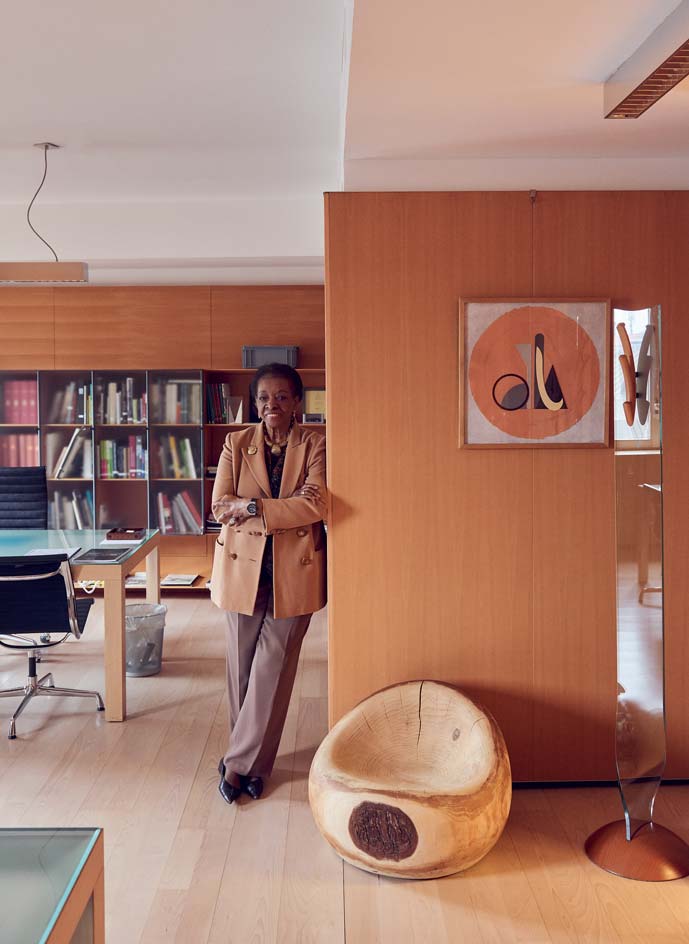
Hundreds of shows and exhibitions come and go at Milan’s Salone del Mobile. Design districts rise up, gaining status as the latest must-see destinations, before being usurped by newer, more vibrant happenings. As we know at Wallpaper*, maintaining a reputation for excellence for more than 20 years is no easy feat, so we’re raising a glass to Salone Satellite, the young designers’ fair celebrating its 20th outing this year.
Since its launch in 1998, more than 10,000 designers have passed through the doors of Salone Satellite, including Nendo, Matali Crasset, Front, Sebastian Herkner, Paul Loebach and Nika Zupanc, all of whom acknowledge the role that the fair and its founder, Marva Griffin Wilshire, have played in their success. Born in El Callao, Venezuela, Griffin Wilshire moved to Milan in the late 1960s, landing a job as assistant to Piero Ambrogio Busnelli, the founder of Italian furniture brand B&B Italia. She gained a design education that money couldn’t buy, working with superstars of Italian design such as Mario Bellini, Marco Zanuso, Renzo Piano and Tobia Scarpa. After leaving B&B Italia she became a design journalist, working as Milan correspondent for various Condé Nast publications; she later spent eight years directing textile show Incontri Venezia.
Over the years, Griffin Wilshire became an eagle-eyed talent spotter, frequently visiting international trade shows and events to find the next big names. On a sunny day in November 1997, Manlio Armellini, then head of Cosmit, the organiser of Salone del Mobile, came to Griffin Wilshire with a proposition. ‘He asked me to try to organise something for young designers,’ she recalls. ‘At that time, young designers were exhibiting in “underground” places spread all around Milan. I thought it would be a great idea to gather them all together in a visible way, so that manufacturers – who are always busy working, with no time to go around [the fair] – could discover them easily.’
Space was found in Pavilion 9 at Fiera Milano City, which the played host to Salone del Mobile. ‘I did not envision anything at all,’ says Griffin Wilshire of Satellite’s 1998 debut. ‘The only thing I was sure of was the fact that young designers needed to be helped.’ She enlisted her network of contacts to spread the word about the new show. That year, 100 designers became the first to show their work alongside giants such as Poltrona Frau, Flos and B&B Italia. In addition, Griffin Wilshire extended the invitation to seven design schools and universities across the world, which selected their top graduates to exhibit. Today, 17 design schools participate in the fair, while the number of designers has climbed from 100 to 650.
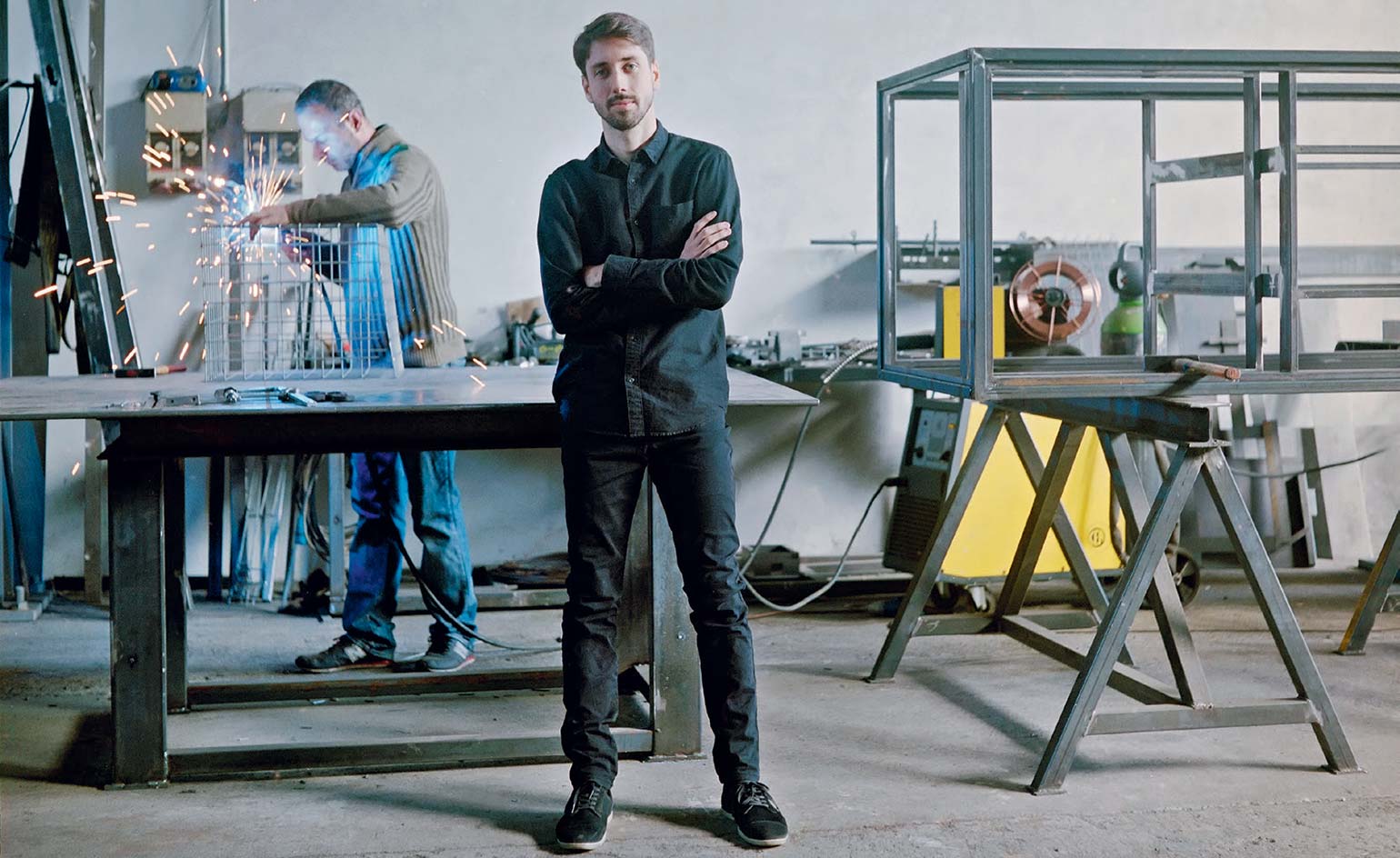
Meet three faces preparing for lift-off at Salone Satellite, including Gustavo Martini.
The rules are few and simple: designers must be under 35, not affiliated with a manufacturer and can exhibit at Satellite up to three times. Each application is scrutinised by a panel of discerning judges, which this year includes designers Davide Groppi and Matteo Thun, Poliform chief executive Giovanni Anzani and design critic Corinne Julius, among others. The chosen few get the opportunity to put their work in front of the industry’s biggest players, who, with a bit of luck, will offer them a job or snap up their prototypes for production.
‘Many of them write to me telling me of their achievements,’ says Griffin Wilshire. The fair has debuted a number of designers who are now international stars. ‘Think of Nendo and Sebastian Herkner, for example.’ German designer Herkner secured a booth at Satellite in 2009; he showcased a coffee table prototype with a distinctive bell-shaped glass base. The design attracted the interest of German manufacturer ClassiCon, which put it into production in 2012 – the table became the brand’s bestselling piece of contemporary furniture. ‘Marva is an incredible and unique personality with a huge passion for design and her young designers,’ says Herkner.
Norwegian designer and fellow Satellite alumnus Daniel Rybakken agrees: ‘Marva has always been very kind to me. Her true goal is to help young designers get noticed and she has a long list of well-known international designers that have her to thank for that. My whole career was started at Satellite. I went down to Milan as a student in 2008 and came home with a full page in Wallpaper* and over ten pages in Abitare. If you do something good at Satellite, the right people will notice it.’
Last year, Basel-based American designer Ini Archibong showcased his work at Satellite for the first time after a meeting with Griffin Wilshire in 2012. ‘It took me four more years before I felt ready to present myself,’ recalls Archibong. ‘I would see Marva at various design events, where she always offered words of encouragement.’ When Archibong finally presented his collection at Satellite 2016, Griffin Wilshire sent a steady stream of manufacturers to his booth and he scored a number of design contracts. ‘I owe a great deal to Marva and Satellite, and I consider myself blessed to have come in contact with such a powerful design gatekeeper.’
As well as the young designers that she nurtures, Griffin Wilshire has fostered close connections with manufacturers. ‘Marva has an open and curious eye on the international design scene and accurately scouts upcoming talents,’ says Amélie du Passage of French brand Petite Friture, which recently launched the ‘Hoff’ sofa by Norwegian duo Morten & Jonas – a design spotted at Satellite 2014.
‘The real role is played by the Italian furniture industry,’ says Griffin Wilshire, perhaps a little humbly. ‘Nowhere else is there a fair in one city and the furniture industry in the same country.’ Even in today’s connected society, where talent scouts can travel the world online, Satellite still holds a unique power. ‘Perhaps more so today than when it started,’ says Rybakken. ‘Today, so much is just “likeable” Instagram photos and 3D renderings on design blogs. It makes the physical prototype very powerful.’ Nika Zupanc, who showcased her work in 2006 and 2007 and now works with brands such as Sé and Qeeboo, agrees. ‘I visited Salone del Mobile each year as a student and, at a certain point, it seemed most natural and logical to plan my first ever exhibition there. Milan is still the most powerful platform in furniture and lighting design – you really know where you stand, once the fair is over.’
This year, Satellite is inviting some of its brightest stars from the past two decades to participate in a major exhibition, curated by architect Beppe Finessi at the Fabbrica del Vapore. Finessi says that ‘reading the list of participants from these 20 years is like browsing an encyclopaedia of the history of creativity in the third millennium’. Featuring more than 100 designers, the show is an anthology of pieces discovered at Satellite and put into production. In addition, Griffin Wilshire has put together the ‘Salone Satellite 20 Years Collection’, a showcase of specially commissioned pieces by established designers whose careers began at Satellite.
Griffin Wilshire is optimistic for the fair’s future. ‘I will not be involved in another 20 years, but I will always hope that young designers can find their way. I’m sure the Salone Satellite will evolve and continue to be innovative, as it has since its beginning.’
As originally featured in the May 2017 issue of Wallpaper* (W*218)
INFORMATION
For more information, visit the Salone Satellite website
Wallpaper* Newsletter
Receive our daily digest of inspiration, escapism and design stories from around the world direct to your inbox.
Ali Morris is a UK-based editor, writer and creative consultant specialising in design, interiors and architecture. In her 16 years as a design writer, Ali has travelled the world, crafting articles about creative projects, products, places and people for titles such as Dezeen, Wallpaper* and Kinfolk.
-
 New York Design Week 2025: live updates from the Wallpaper* team
New York Design Week 2025: live updates from the Wallpaper* teamNow through 21 May, design is taking over the Big Apple. Here's the latest news, launches and other goings-on from NYCxDesign, as seen by Wallpaper* editors.
-
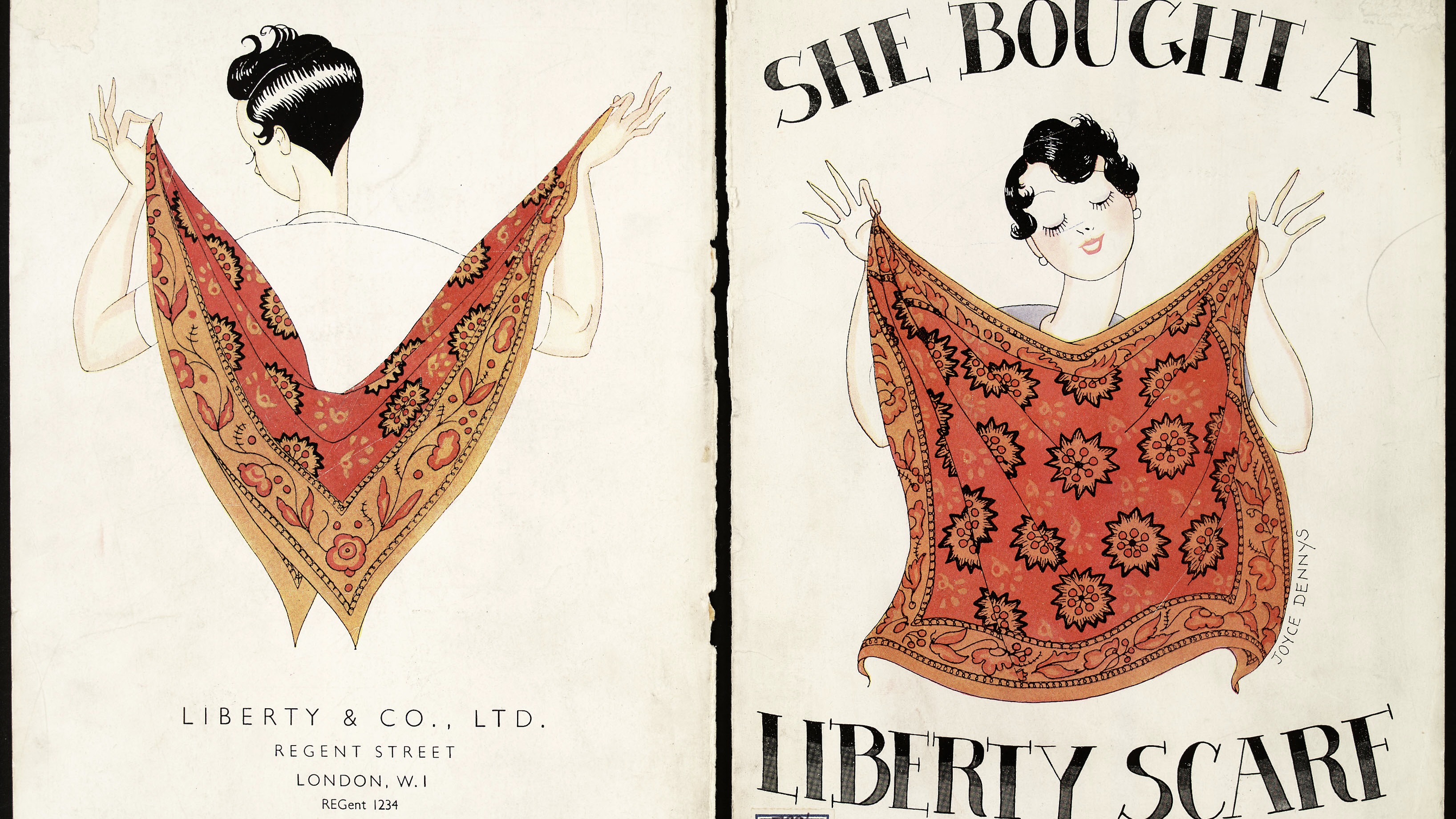 Liberty at 150: a history of the brand in 10 objects
Liberty at 150: a history of the brand in 10 objectsLiberty is marking its 150th anniversary; to celebrate, we remember products and prints that helped make the department store the cultural touchpoint it is today
-
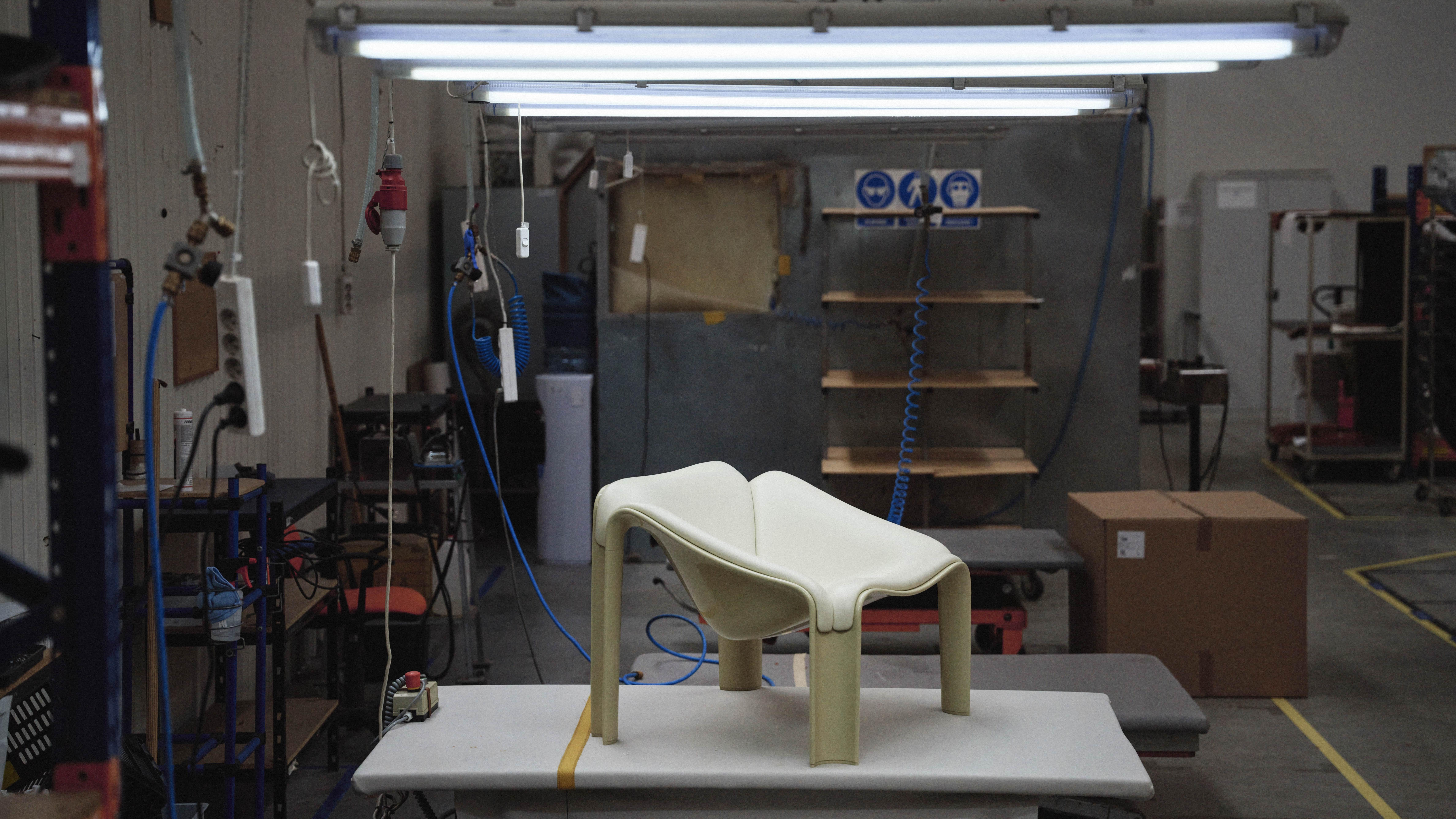 Gubi brings back Pierre Paulin’s space-age ‘F300’ chair, where tech meets craft
Gubi brings back Pierre Paulin’s space-age ‘F300’ chair, where tech meets craftWallpaper* speaks with Gubi CEO Marie Schmidt to learn how the Danish brand’s team of ‘furniture detectives’ brought Pierre Paulin’s 1965 ‘F300’ chair back to life
-
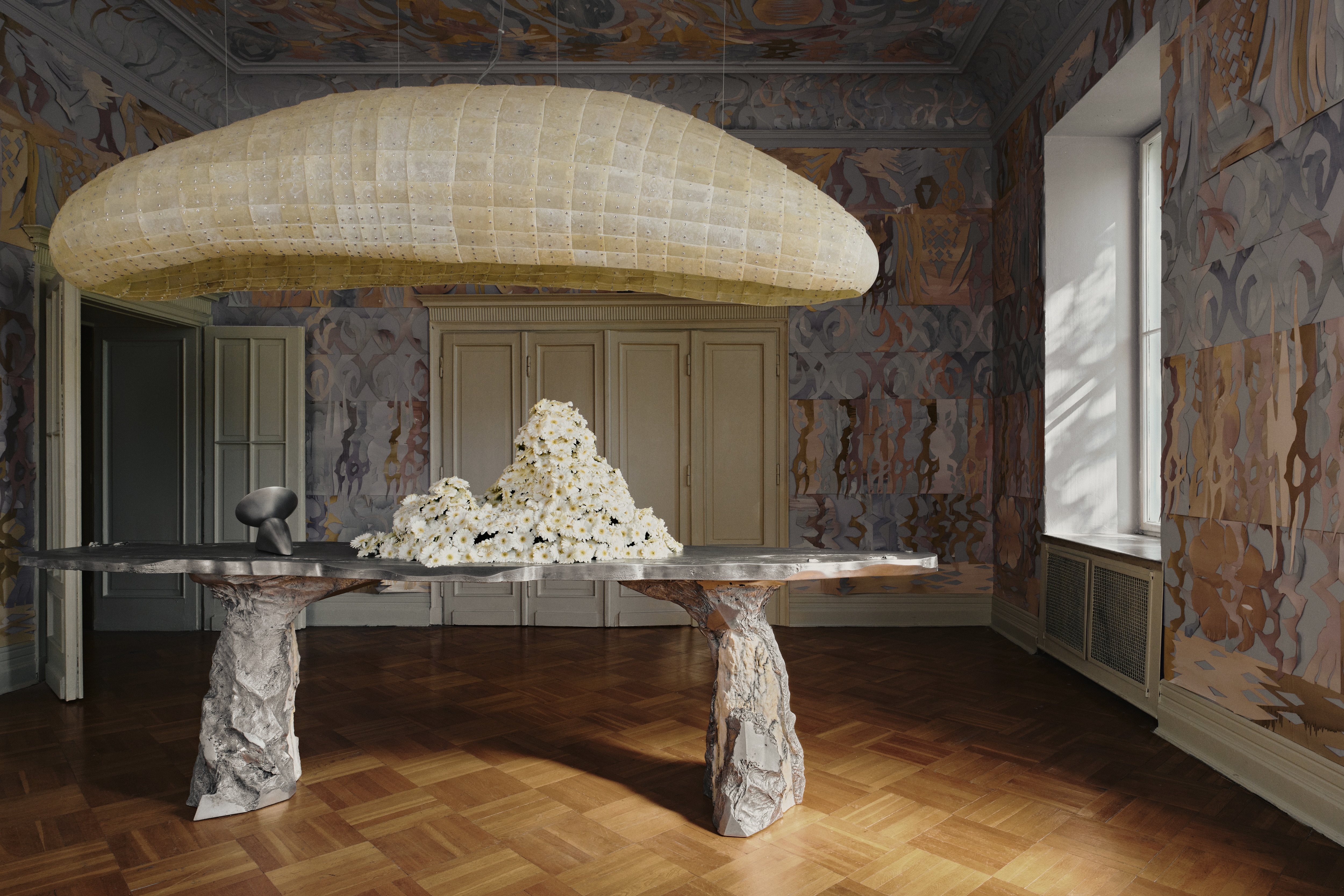 ‘Romantic brutalism’ rethinks Polish craft
‘Romantic brutalism’ rethinks Polish craftAn exhibition in Warsaw gives local makers their due, looking inside the burgeoning world of Polish design
-
 Eight designers to know from Rossana Orlandi Gallery’s Milan Design Week 2025 exhibition
Eight designers to know from Rossana Orlandi Gallery’s Milan Design Week 2025 exhibitionWallpaper’s highlights from the mega-exhibition at Rossana Orlandi Gallery include some of the most compelling names in design today
-
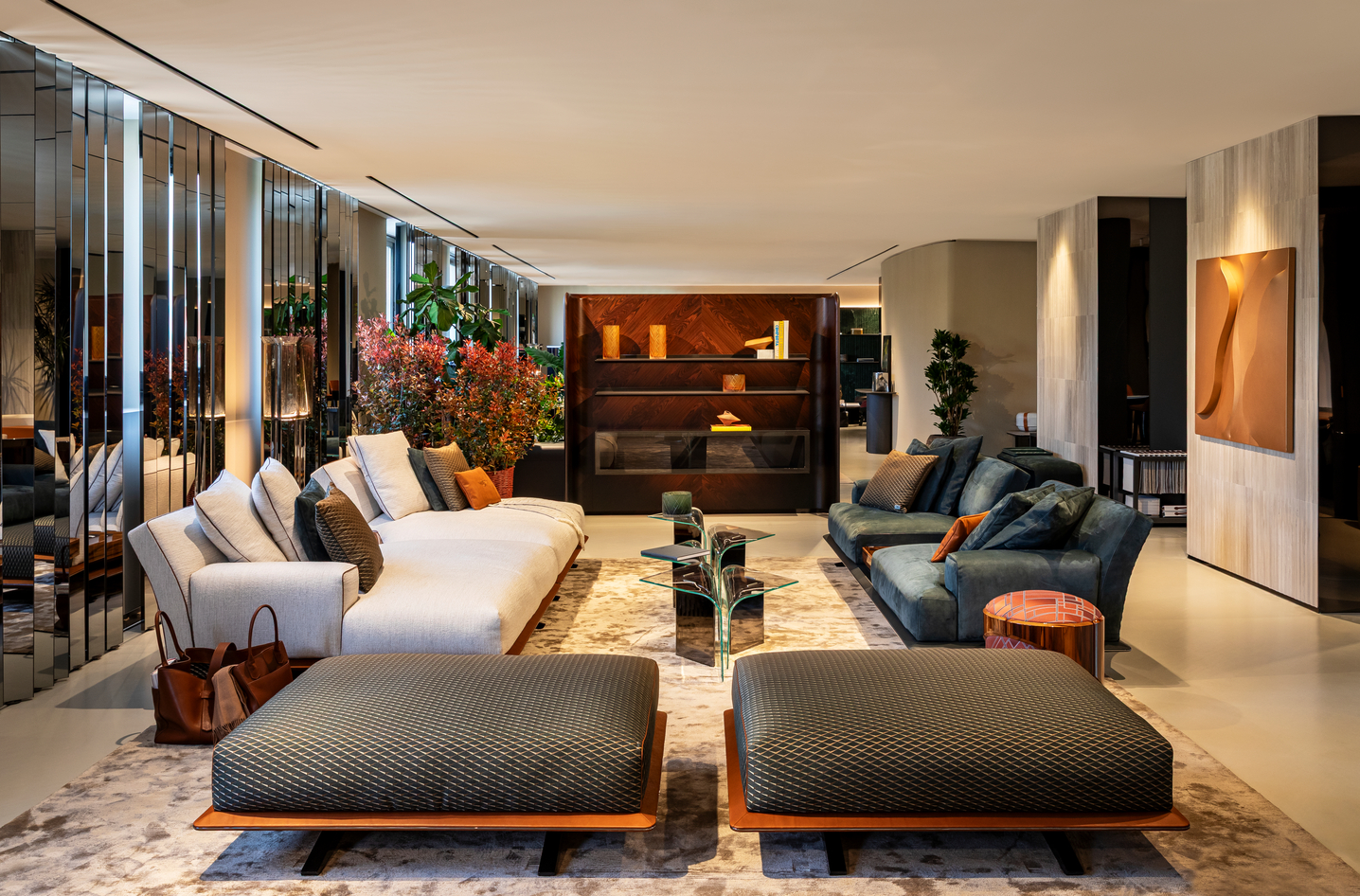 Bentley’s new home collections bring the ‘potency’ of its cars to Milan Design Week
Bentley’s new home collections bring the ‘potency’ of its cars to Milan Design WeekNew furniture, accessories and picnic pieces from Bentley Home take cues from the bold lines and smooth curves of Bentley Motors
-
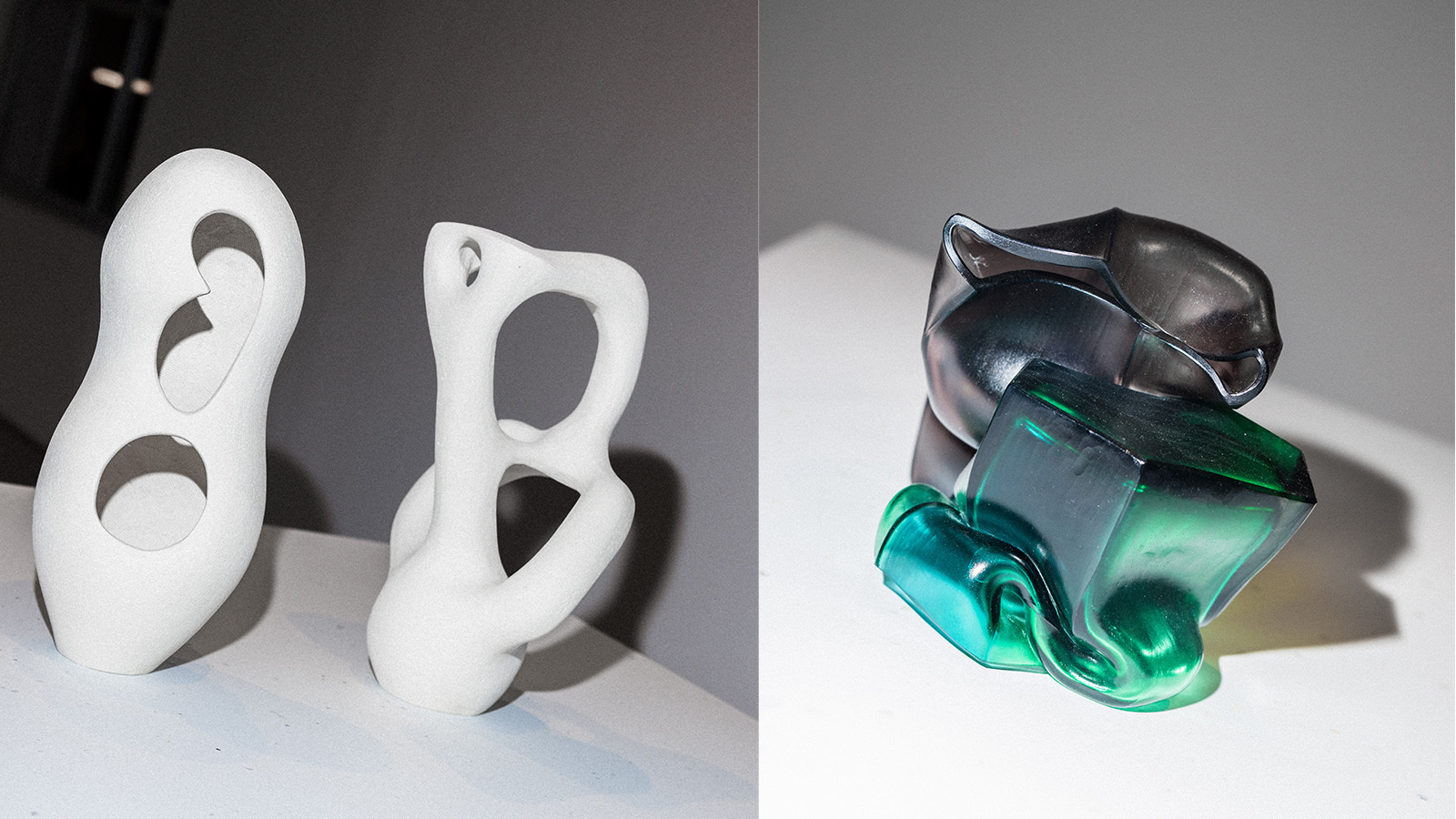 StoneX partners with Wallpaper* for material alchemy at Milan Design Week and beyond
StoneX partners with Wallpaper* for material alchemy at Milan Design Week and beyondThe natural stone purveyor teams up with Wallpaper* for a three-year partnership of material adventures, starting with an exhibition at Triennale di Milano
-
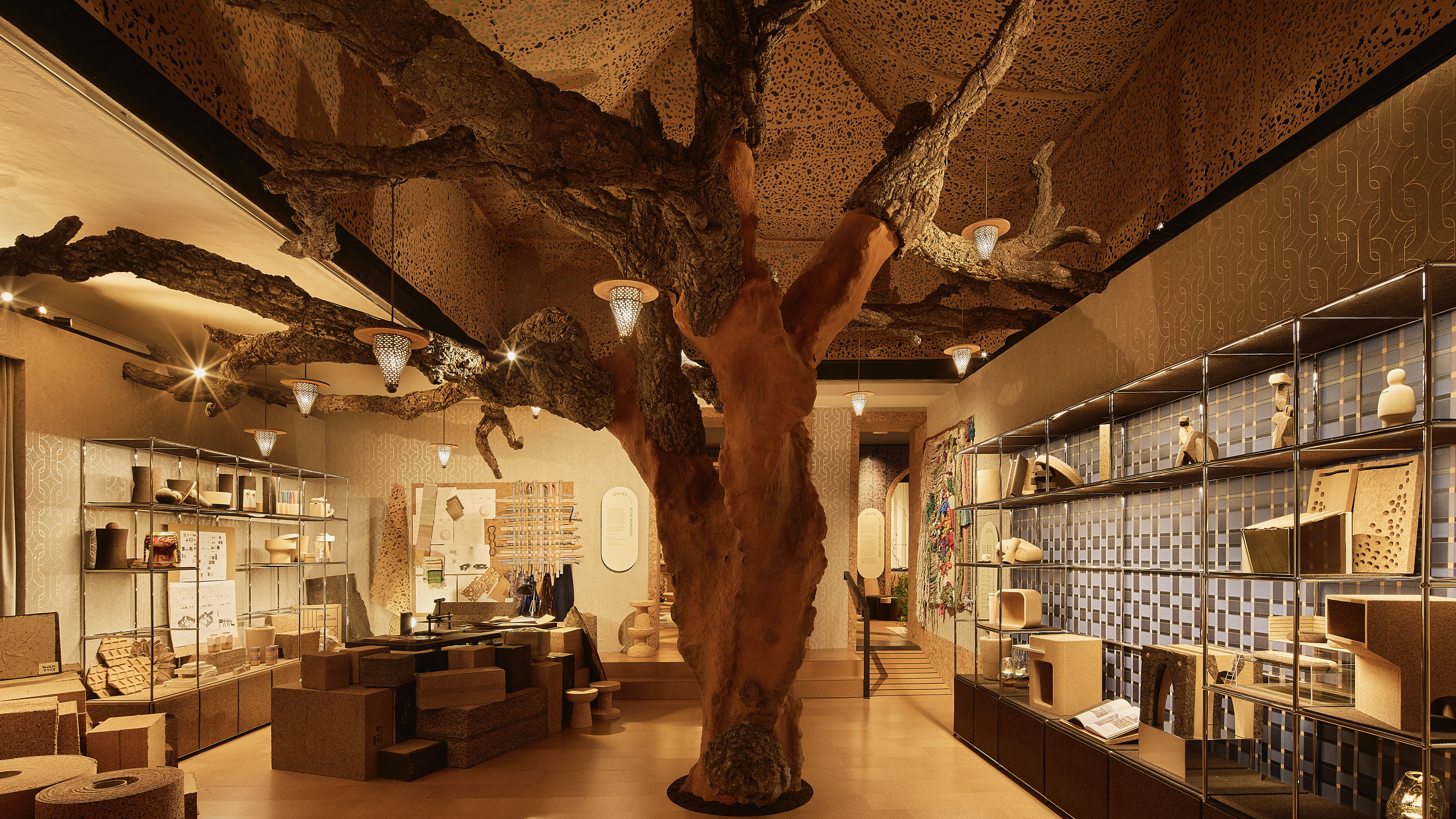 David Rockwell’s Milan Design Week presentation is a love letter to cork
David Rockwell’s Milan Design Week presentation is a love letter to corkRockwell Group’s Casa Cork installation showcases this under-appreciated material, which is infinitely recyclable and sequesters carbon for decades
-
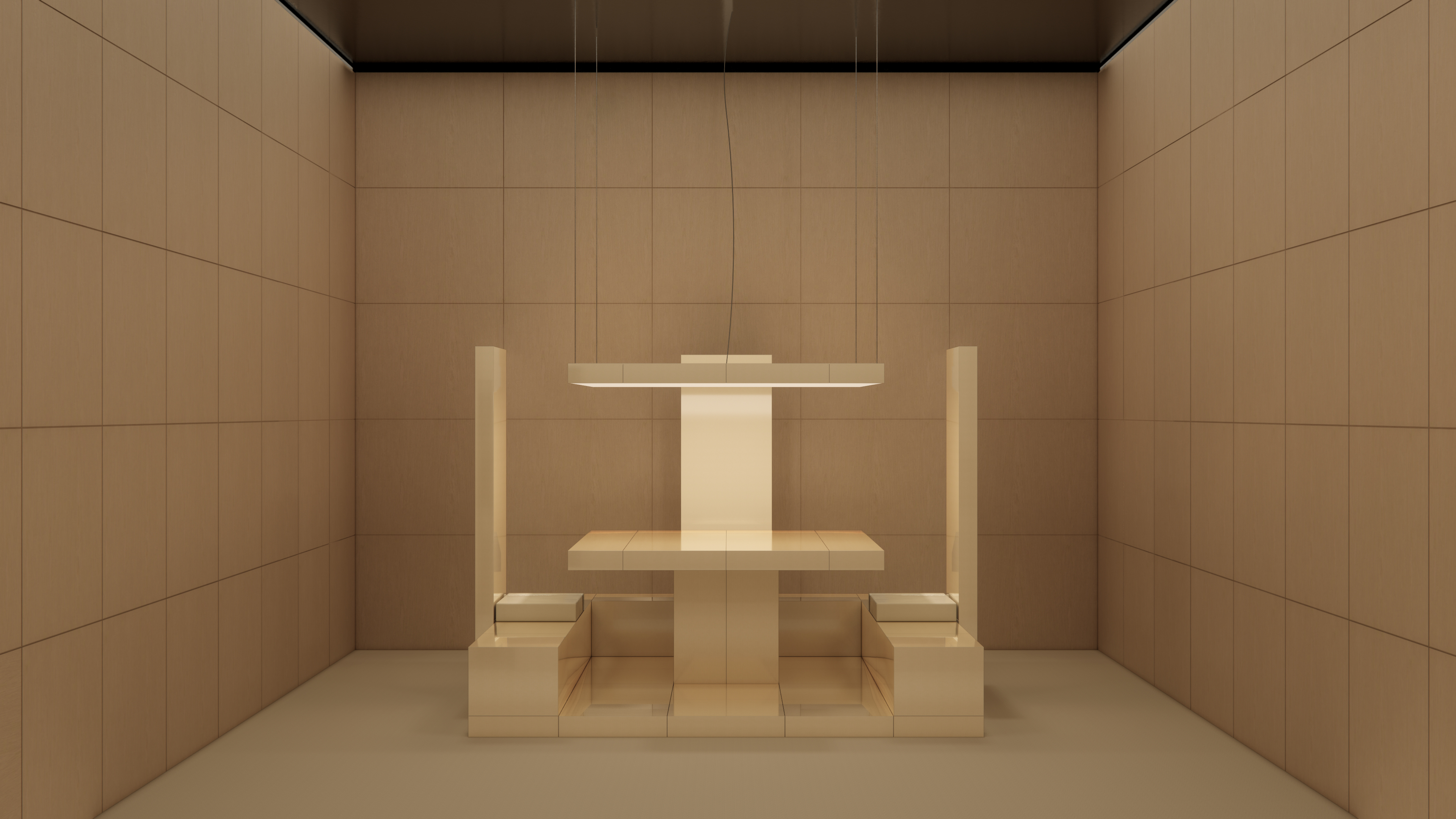 Emerging galleries to discover during Milan Design Week
Emerging galleries to discover during Milan Design WeekWallpaper’s Milan editor has the inside track on the younger design galleries coming to town
-
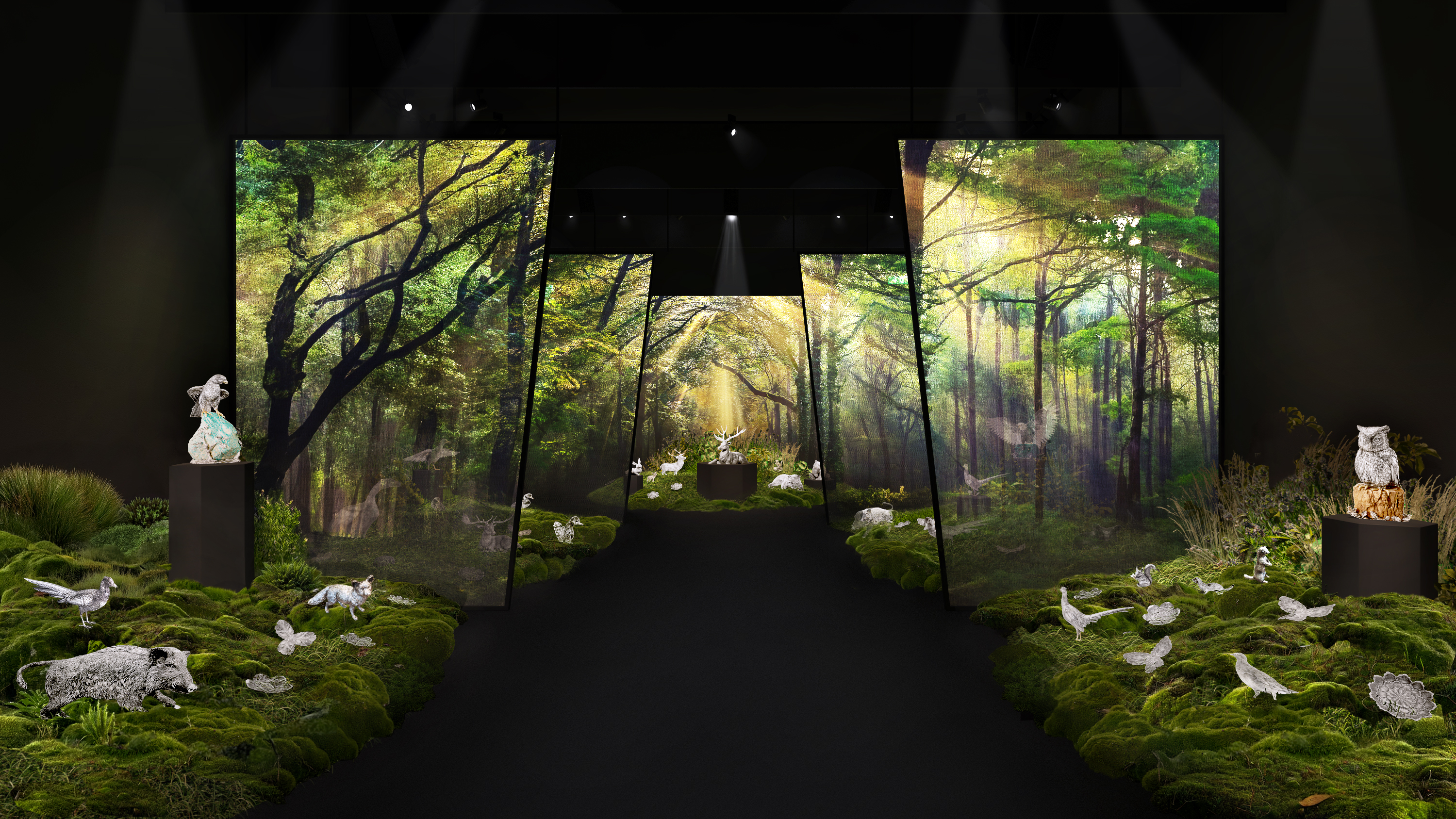 Buccellati brings the forest and Furry Animals to Milan Design Week
Buccellati brings the forest and Furry Animals to Milan Design WeekThe jewellery and silverware maison falls back on tradition for its Milan showcase, presenting its now-emblematic collection of intricately crafted creatures
-
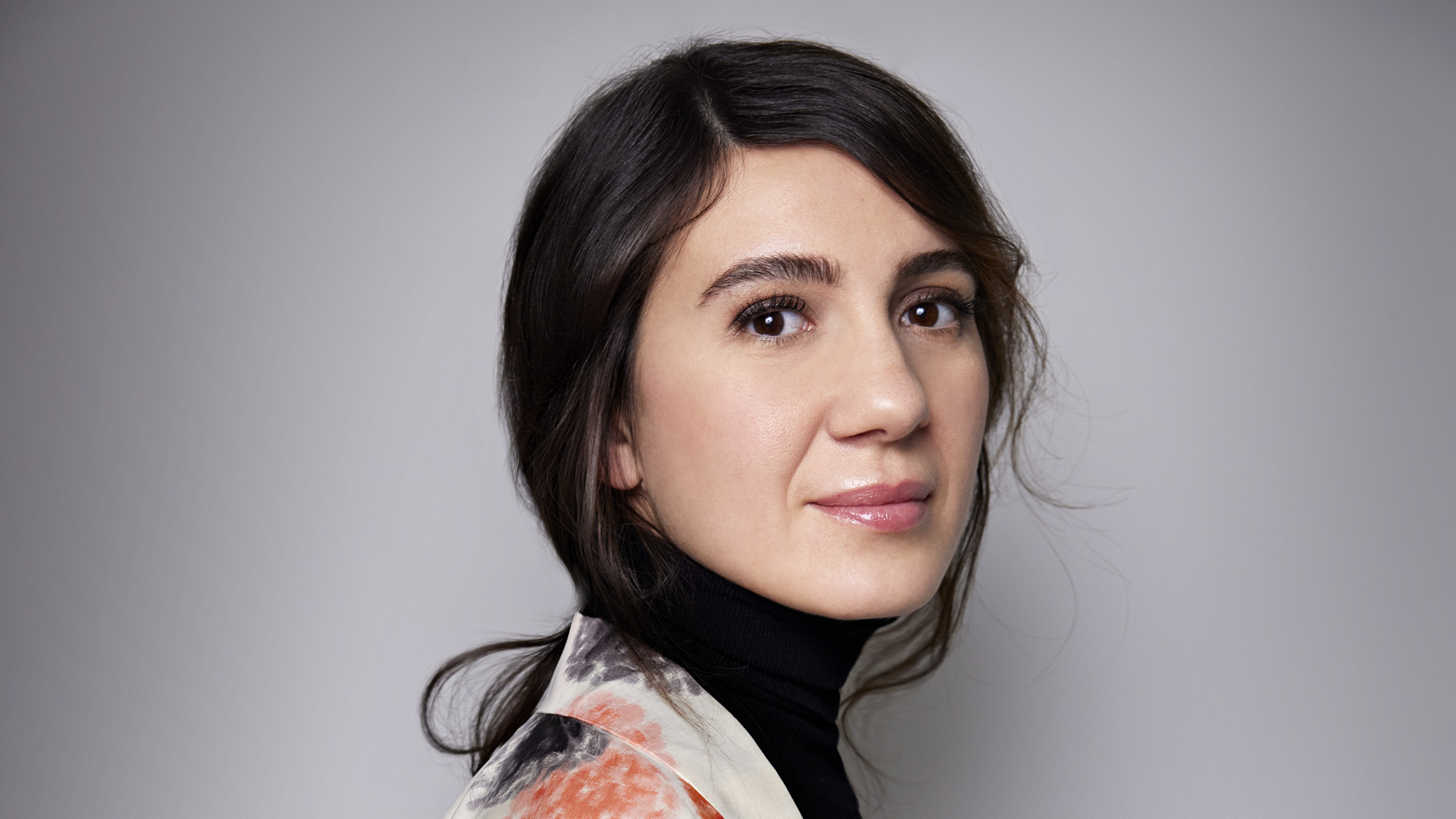 Where next for Salone del Mobile? Maria Porro on the future of the world’s biggest furniture fair
Where next for Salone del Mobile? Maria Porro on the future of the world’s biggest furniture fairAhead of Salone del Mobile 2025 in Milan, we sit down with its president to talk design, data and forging the event’s future in a fast-changing world